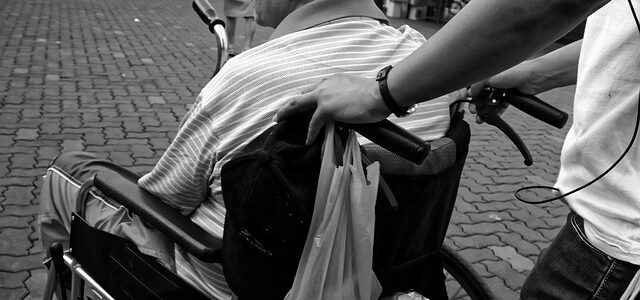Call for your appointment today 914-666-4665 | Mt. Kisco, New York

“We present the case of a 75-year-old, Northeast suburban resident [of New York] complaining of unstable gait, high fevers, malaise, myalgia, and confusion,” writes Lamichhane in the journal Hindawi, Case Reports in Infectious Diseases. [1]
The man had not travelled outside the area and only reported taking walks in the local park. He did not notice any tick bites. At the time of his initial examination, “he denied headaches, dizziness, shortness of breath, back or chest pain, rashes, focal weakness, or loss of sensation,” according to Lamichhane.
[bctt tweet=”Lyme neuroborreliosis diagnosed after second round of tests are positive.” username=”DrDanielCameron”]
The man was discharged but returned 4 days later with a fever, occasional rigors, chills, diaphoresis, diffuse myalgias, generalized weakness, malaise, confusion, and decreased appetite, explains Lamichhane. Initial ELISA tests were negative for Lyme disease.
A CT scan indicated he may have a possible bacterial infection as results showed a “small aneurysmal dilatation of the thoracic aorta and splenomegaly with an acute appearing splenic infarct.” The patient was given a combination of antibiotics including ceftriaxone, ampicillin, and vancomycin, but his condition worsened over the next 24 hours. His response to antibiotics supported the possibility of a tick-borne infection. Another round of testing was performed. This time, results were different.
Lyme IgG and IgM ELISA test, Lyme IgM Western blot, and Babesia microti IgG and IgM antibody tests were positive. A spinal tap was also positive for Lyme IgG and IgM antibody levels by Western blot, as well as a positive Western blot for Lyme IgM.
The man was diagnosed with Lyme neuroborreliosis, and prescribed doxycycline for 21 days. “Within 48 hours of doxycycline administration, the patient clinically improved, his mentation returned to baseline, and his gait returned to normal.”
The authors suggest this case demonstrates that a spinal tap analysis may be the only positive confirmatory test for Lyme neuroborreliosis.
It would be reasonable to follow this patient, given there are patients that develop “Post Lyme Disease Syndrome” “PTLDS.” following treatment. [2] Another study found that at least 50% of patients with Lyme neuroborreliosis remain ill years after treatment. [3]
Furthermore, symptoms of co-infections, such as Babesia, may appear upon follow-up. For example, one study describes the cases of two newborns, who did not exhibit symptoms of Babesia until weeks after treatment for Lyme disease. [4]
References:
- Lamichhane J, Haider R, Bekkerman M, et al. A Case of Undetected Neuroborreliosis in a 75-Year-Old Chinese Male. Case Rep Infect Dis. 2018;2018:6764894.
- Bechtold KT, Rebman AW, Crowder LA, Johnson-Greene D, Aucott JN. Standardized Symptom Measurement of Individuals with Early Lyme Disease Over Time. Arch Clin Neuropsychol. 2017;32(2):129-141.
- Dersch R, Sarnes AA, Maul M et al. Quality of life, fatigue, depression and cognitive impairment in Lyme neuroborreliosis. J Neurol, (2015).
- Saetre K, Godhwani N, Maria M, et al. Congenital Babesiosis After Maternal Infection With Borrelia burgdorferi and Babesia microti. J Pediatric Infect Dis Soc. 2017.



